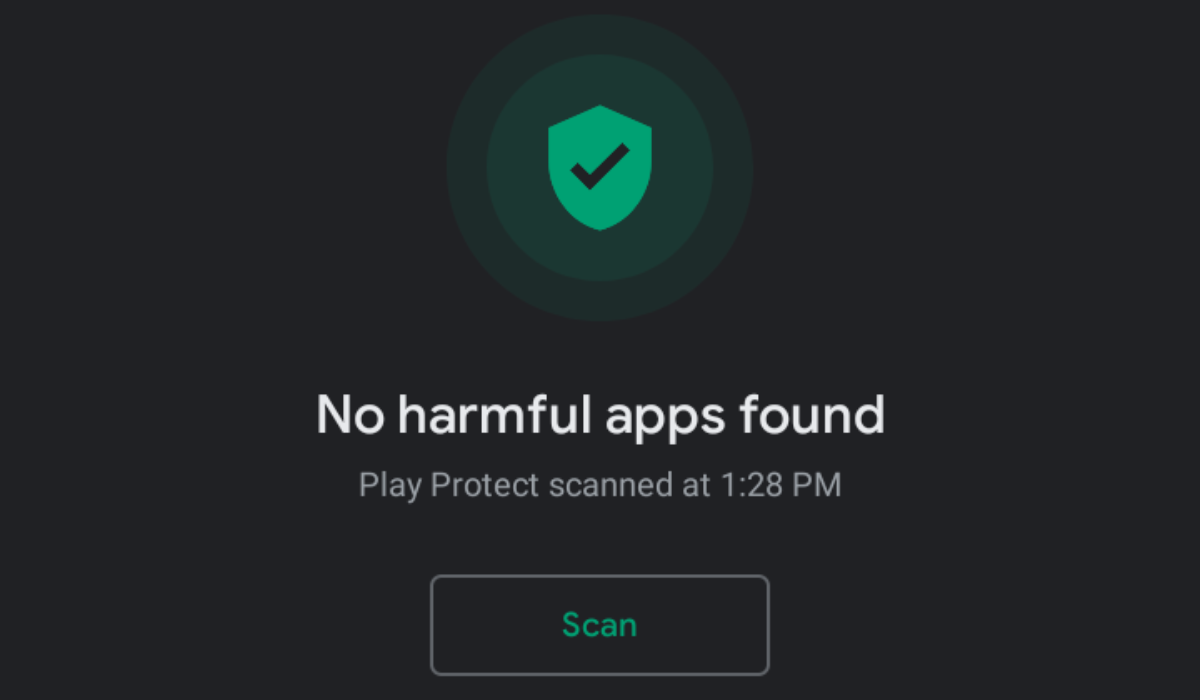
Have you ever wondered about how secure your Android device is, who has access to what and when? Well you are not alone in your thoughts, millions around the world have also asked the same question.
It has become very common for most people to write off Android security quickly. This has made a lot of people to view Android as a less secure option to iOS. But how true is that? Is it a proven fact or just based on personal opinion?
To answer this question we need to closely consider how Android security has performed over the years.
The Journey Of Android Security.

Over a decade ago Android was this “rather difficult” operating system that a lot of devices ran on. It was up against a few major competitors the number of which later on narrowed down to one being iOS. So whenever users where to pick a device they had two major choices Android or iOS, this is where a big line was drawn.
Unlike iOS which was the operating system for only one line of devices being the iPhone, Android powered a lot of devices from various manifacturers. Second issue Android faced was that it was an open source code, what this means is that the lines of code present in the Android software could be modified by anyone and everyone.
Here security was of the essence and manifacturers like Apple where very quick to update its firmware to protect its users from malicious attacks since they had complete control of their OS. With Android, security took an entirely different route, firmware updated had to be first rolled out by Android then pushed to manifacturers who will in turn update their various devices at different times.
So Android security was a bit lazy and at this stage people could quickly draw the conclusion that Android security performed poorly, can we still say the same today?
The Current State Of Android Security.
Android has come a long way when it comes to properly addressing security issues and this growth is evident in the way it sets out to handle it’s security updates and patches.
These patches ensure that any vulnerabilities to the Android ecosystem is addressed as soon as possible even before the users are affected by these vulnerabilities.
That is where Google Play Services comes to the spotlight! What is Google Play services? How can it boost Android users security?
Now Google Play Services is a system app that comes pre-installed with every Android device and it gets updated remotely by Google without users having to worry. It is responsible for the smooth running of your Android device, this app does not have a user interface but it is integrated into or is made up of almost every core Android application as it grants permission for the access of other Google services.

So how does Play Protect boost Android security? Remember how we said that Play Services is “a collection of core Android applications”, Play Protect is also part of the services under Google Play Service and it is responsible for the scanning of your Android applications for malware and whether or not they where downloaded for the proper sources. Since Google Play Services are updated in the background the functionality of Play Protect is always up to date for years to come without users stressing a muscle.
A Change to The Nature Of Android System To Boost Security.
Previously bits of the Android operating system could not be updated as individual entities when necessary, this in itself was bad for the Android Security. A change was needed in other to put security at the fore front and Google took a bold step.
The codes in Android where made Modular, this means that the operating system was in a sense grouped into various level where each level could be treated individually as an entity. So if a bug is discovered to attack a particular part of the Android OS, a code could be written to solve that problem individually without having to updated the entire system. This in itself was good for manifacturers since they could now more quickly push out security updates to their users. This action in itself is known as what Google calls project mainline.
With this feature, issues that might arise in the future can be fixed as soon as possible by Google without the manifacturers getting involved.
Android Security patch levels have also become a trend without Android devices with a new patch being rolled out every month or so to address vulnerabilities being discovered, these patch levels protect users from exploits, this article here shows what a security patch is.
Google has mandated that Android devices get at least two years of security updates, but certainly flagship devices go beyond two years as they keep their devices security up to date for four years.
Note worthy is also the fact that on Android, Google has begun to crack down on the level of malicious applications that might be uploaded to the Play Store for download. It is of high importance that you take note of the applications recently pulled down from the PlayStore in this article.
When looking at Android security in recent time it is truthful to say that the Android is secure as the focus is no longer on attacking the device but on tricking the owner. Android and Apple are relatively on the same level when it comes to device security as the two companies try as much as they can to roll out more features to keep devices clean from malicious attacks.